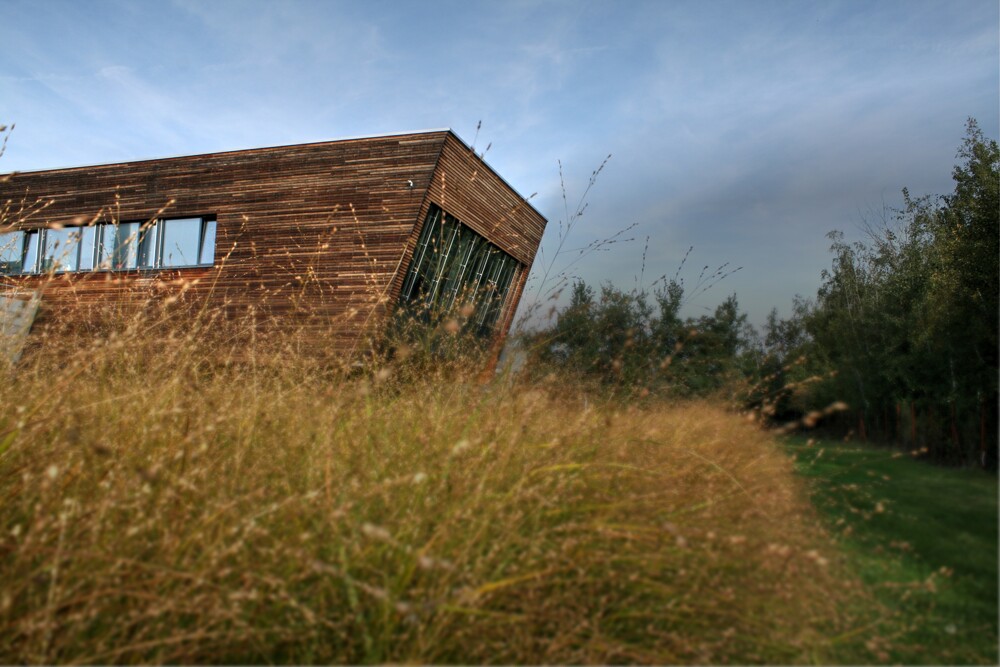
Registration number: TH03020341
Funding Agency:
TA CR - Program EPSILON
Principal Investigator: doc. Ing. Tomáš Matuska, Ph.D.
Start: 01. 01. 2018
End: 30. 06. 2021
Partners: Wieden s.r.o. (formerly Skanska as, LOP section)

Project Objectives
The aim of the project is to develop a prototype of a facade module of a lightweight perimeter shell (LOP), which structurally integrates a Peltier cooler/heater, ventilation equipment, interior lighting elements, movable blinds and a photovoltaic system with a flat battery to drive the mentioned elements, supplemented by an intelligent energy flow regulator for creating an internal environment in rooms adjacent to the module. The autonomous facade module by prefabricated integration of the mentioned elements will increase the speed of construction, save built-up area, increase the independence of the state of the internal environment from the central system (lighting, ventilation, heating, cooling, electrical energy supply) and thus increase user comfort in administrative buildings.
Description
In the first year of the project, a series of simulations were carried out to determine the required cooling performance for the facade module corresponding to the office located behind it. Various Peltier cooler designs have been theoretically (CFD) investigated. Based on the simulation results, the design of the Peltier cooler was designed and a sample was made for experimental testing and characterization of the performance parameters. At the same time, a photovoltaic microsystem with a flat battery was designed and built. In the second year of the project, detailed testing of the Peltier cooler integrated into the LOP was carried out under various temperature conditions, flow rates and power loads. A Peltier cooler module with a heat pipe was also tested. The mathematical model of the Peltier cooler created in the MATLAB environment was integrated into the system model in the TRNSYS environment for year-round simulations. The concept of an autonomous facade module was industrially protected by a utility model. Based on the results of experiments and simulations, a technological prototype of an autonomous facade module was designed together with an industrial partner.